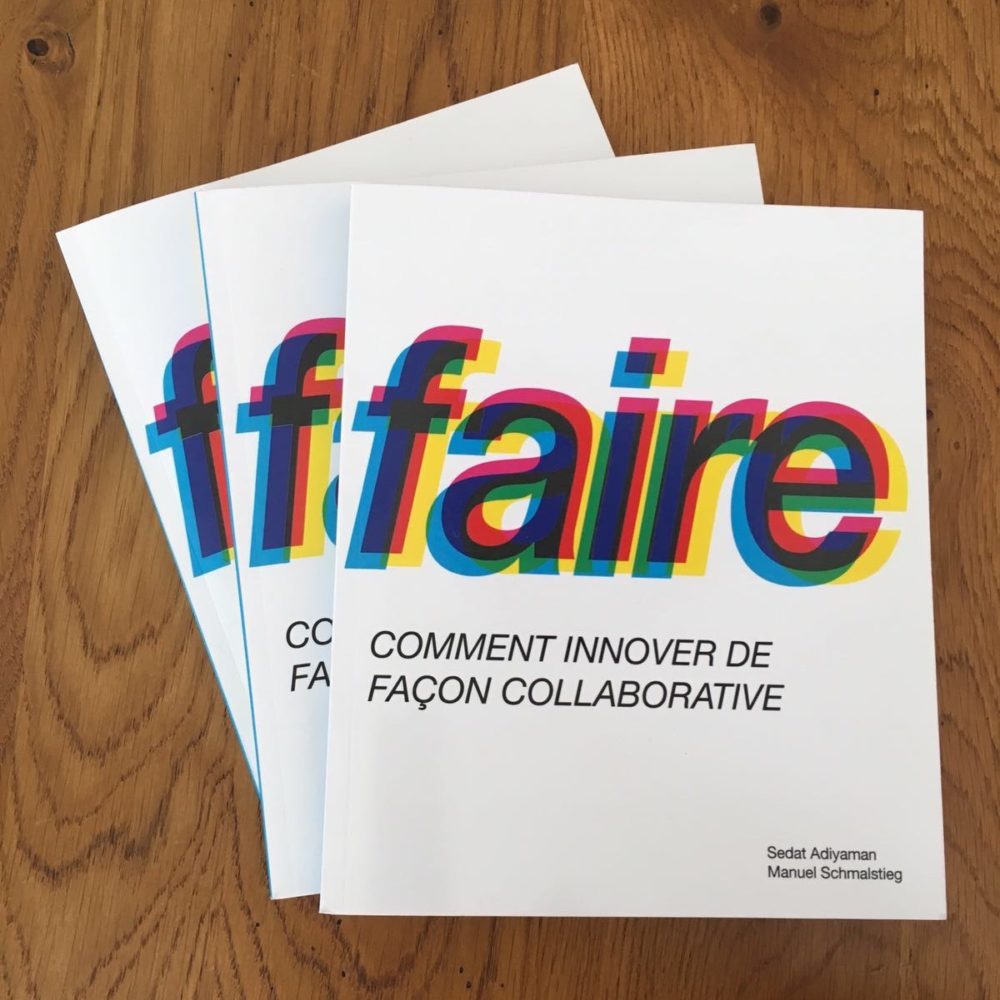Regularly, you start dreaming of projects that will remain in your head as ideas. But what to do with a project that seems innovative and could potentially be a success? How can you avoid missing out on an enriching experience? Where to start? Here are some answers from the book “faire“.
Starting your project
First of all, you need to identify 5 elements before starting your innovative project:
- A clear situation or problem
- A vision, a goal
- A precise objective
- The expected results of the project
- Success criteria
To identify these elements, you will have to ask questions again and again… Learn to formulate your questions in order to get precise and relevant answers. You must be sure that you have all the information you need to start your project.
Define your idea
To help you, there are different tools and methods used in design thinking. To start, you can use the SMART method which will help you define your project. This method allows you to target and clarify the goal of your project. This method will also allow you to present your proposal to your collaborators in an efficient and comprehensible way.
At this stage, you may already notice some problems with your idea. Don’t worry, here again we have tools to deal with them! Start by using the Ishikawa diagram. It will allow you to target the cause of your problem among the 7 possible types. Once you have targeted the cause, you will continue to question. To do this, use the Five Ws, which will allow you to associate the causes with questions that will help you overcome your problems.
Take the time to ask yourself the right questions
The difficulty is not in solving problems but in defining them. You need to frame your problem effectively, then you are free to be creative in finding solutions. But above all, do not start looking for solutions to a problem that is not clear in your head. You will have the impression of going faster but the relevance of your solutions will not be sufficient. If you don’t believe me, trust Einstein!
Knowing how to ask the right questions can be learned. We suggest that you look at a previous article on the subject: Formulating the right creativity questions.
Sorting out the information
By asking a lot of questions, you will inevitably receive an industrial quantity of information. In order not to be overwhelmed, remember to always sort this information. We suggest you use Scott Belsky‘s method, which proposes 3 categories. Information :
- Actionable : this is the information that is the most important and that can be exploited quickly.
- References : this is the information that will serve as a history and allow you to keep track of your process. These are notes, sketches, minutes, etc.
- Standby : this is potentially exploitable information. They are not currently usable but could become so in the future, so they must be kept carefully.
Book “faire”
You now have a few tools that will allow you to start your project in a calm and structured way. To continue to be accompanied, do not hesitate to get the book faire, co-authored by Sedat Adiyaman, founder and CEO of Think2Make. An inspiring book that will guide you more deeply in your project thanks to theory but also, and above all, thanks to exercises that will allow you to ask yourself the right questions at the different stages of your project.
